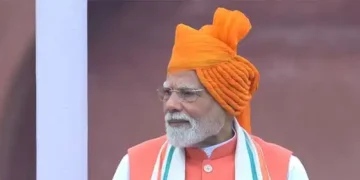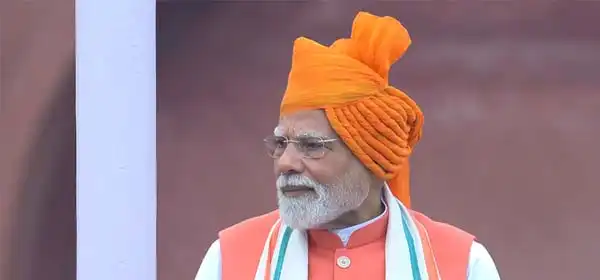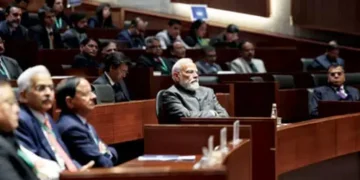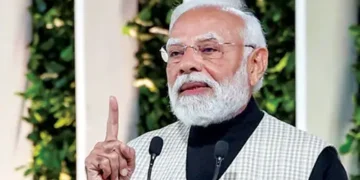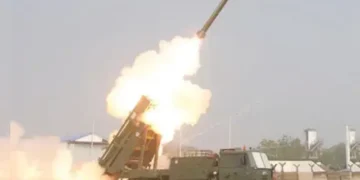Blitz Bureau
NEW DELHI: INDIA will develop an indigenous, multi-layered air and missile defence shield under Mission Sudarshan Chakra, Prime Minister Narendra Modi announced in his Independence Day address. The system, expected to be operational by 2035, will protect military and civilian installations from aerial threats ranging from drones to long-range ballistic missiles.
Drawing inspiration from Lord Krishna’s mythological weapon, PM Modi described the Sudarshan Chakra as both a shield and a sword — a defensive umbrella with the ability to launch pre-emptive or retaliatory strikes. “This will be our shield against aggression and our weapon of response,” he said, underlining that the project would be entirely indigenous, driven by Indian scientists, engineers and industry.
The decision follows the May 2025 confrontation with Pakistan, during which the neighbouring country launched hundreds of missiles and drones at Indian cities and military sites. India’s Integrated Air Command and Control System and the Akashteer command network played a crucial role in intercepting the incoming projectiles, preventing major damage. The crisis highlighted the growing sophistication of aerial threats and reinforced the need for a permanent, nationwide protective shield.
Officials said Sudarshan Chakra will integrate surveillance from satellites and airborne radars, advanced ground-based detection systems, automated command networks, and multiple layers of interceptors. These will include existing systems such as Akash and medium-range surfaceto-air missiles, as well as upcoming long-range projects like the indigenous Project Kusha and Phase-II ballistic missile defence interceptors. Counterdrone technology, already deployed in recent operations, will also form part of the architecture.
India has three Russian-supplied S-400 regiments, with two more expected by 2027, but the long-term aim is to rely entirely on homegrown capabilities. Defence scientists are also pushing ahead with new Netra Mk-II airborne early-warning aircraft, designed to expand India’s surveillance reach. Senior security planners emphasise that the project is not limited to defence alone. By linking with offensive missile systems such as Pralay and Nirbhay, the shield will provide India with a credible deterrent posture, ensuring the ability to respond swiftly to any attempted strike.
